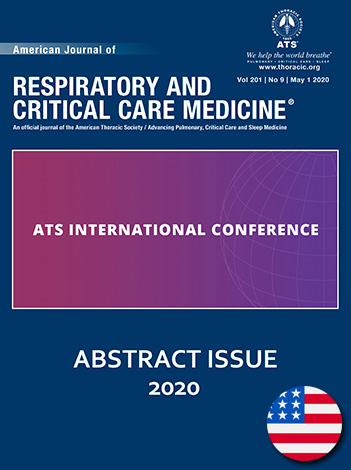
Autores
M.A. Tidswell, B. Tiru, C. Frechette, L. Lutfy-Clayton, M.S. Stefan, J.S. Steingrub
Publicação: American Thoracic Society International Conference Abstracts
Ano: 9 de maio de 2020
DOI: https://www.atsjournals.org/doi/10.1164/ajrccm-conference.2019.199.1_MeetingAbstracts.A2752
Download
https://www.atsjournals.org/doi/10.1164/ajrccm-conference.2019.199.1_MeetingAbstracts.A2752
Abstract:
Introduction: In acute hypoxemic respiratory failure (AHRF) the use of a helmet interface for NIPPV (compared to face mask) may reduce the need for intubation. In a recent study (Patel, JAMA 2016) pressures required were: median PEEP 8, median pressure support 8 (cm H2O). We evaluated a helmet interface to determine whether there is accurate and reliable delivery of applied inspiratory pressure (IP) and PEEP, and whether there is a pressure threshold at which
applied pressure leaks from the helmet within the range typically used for NIPPV.
